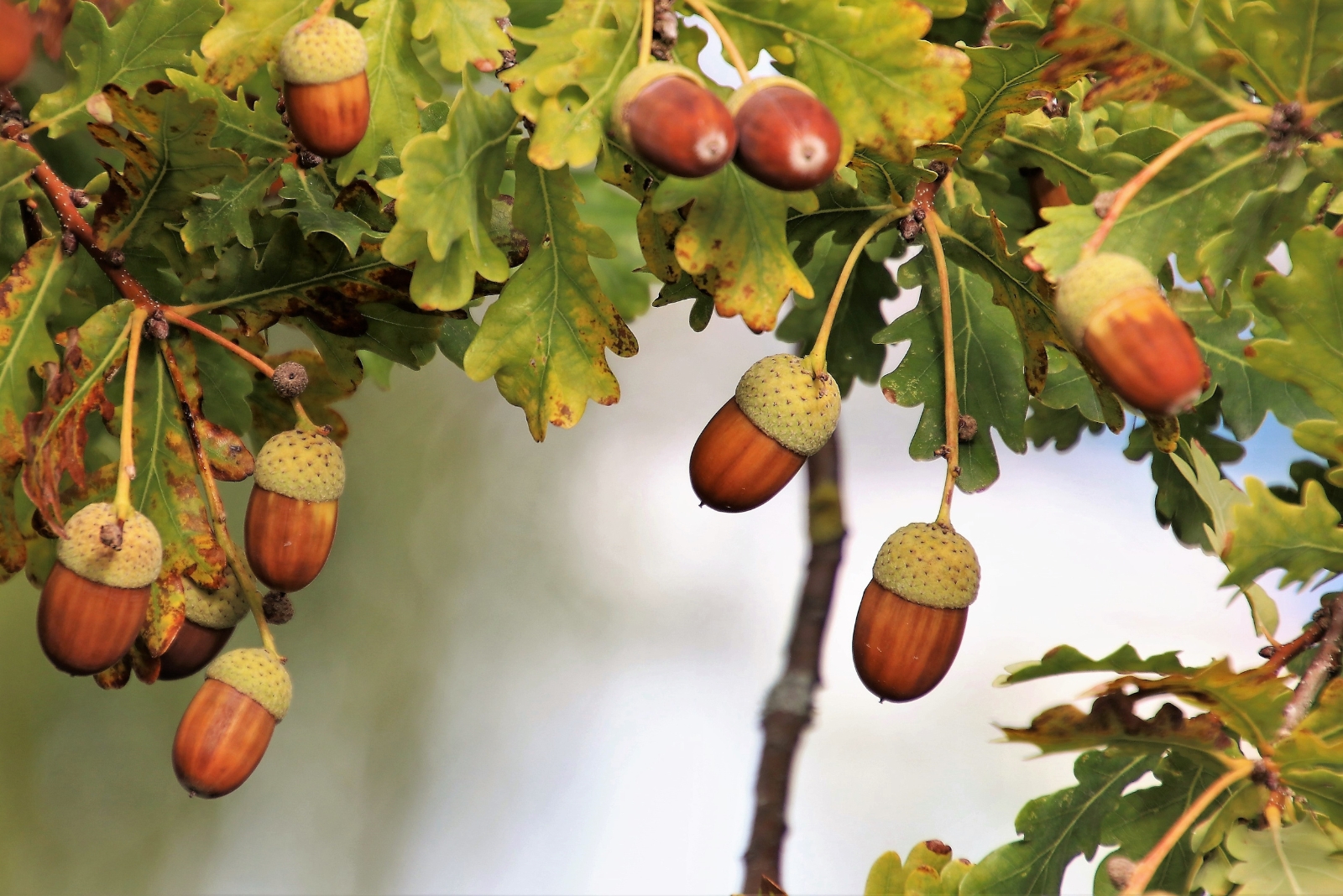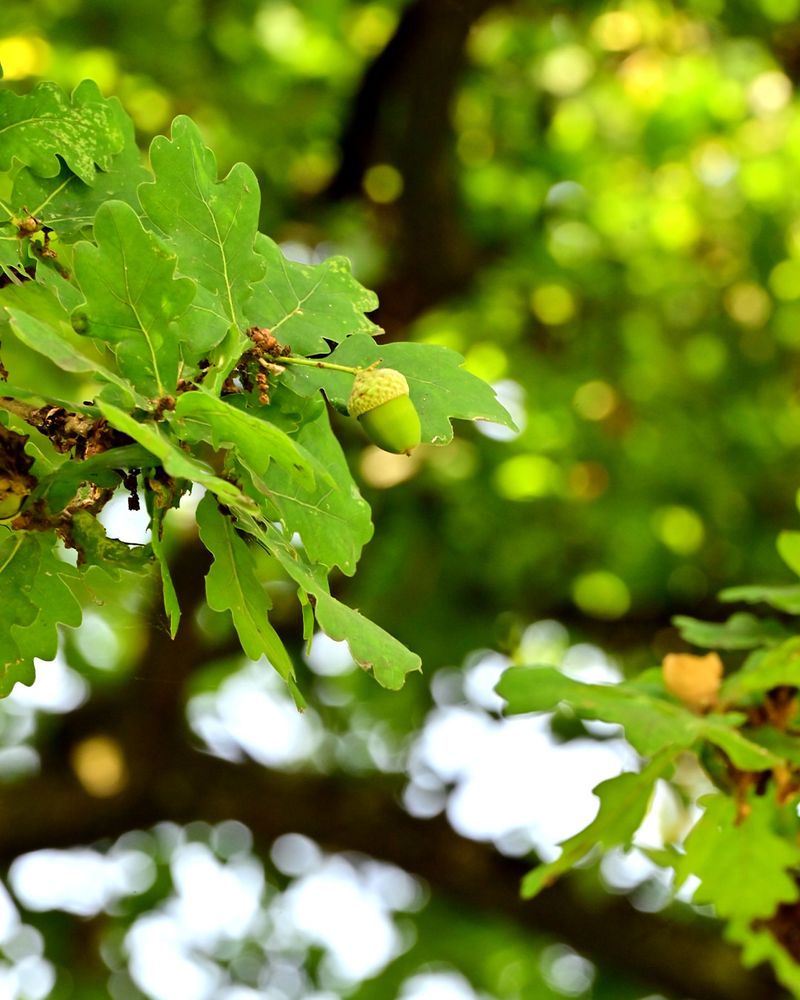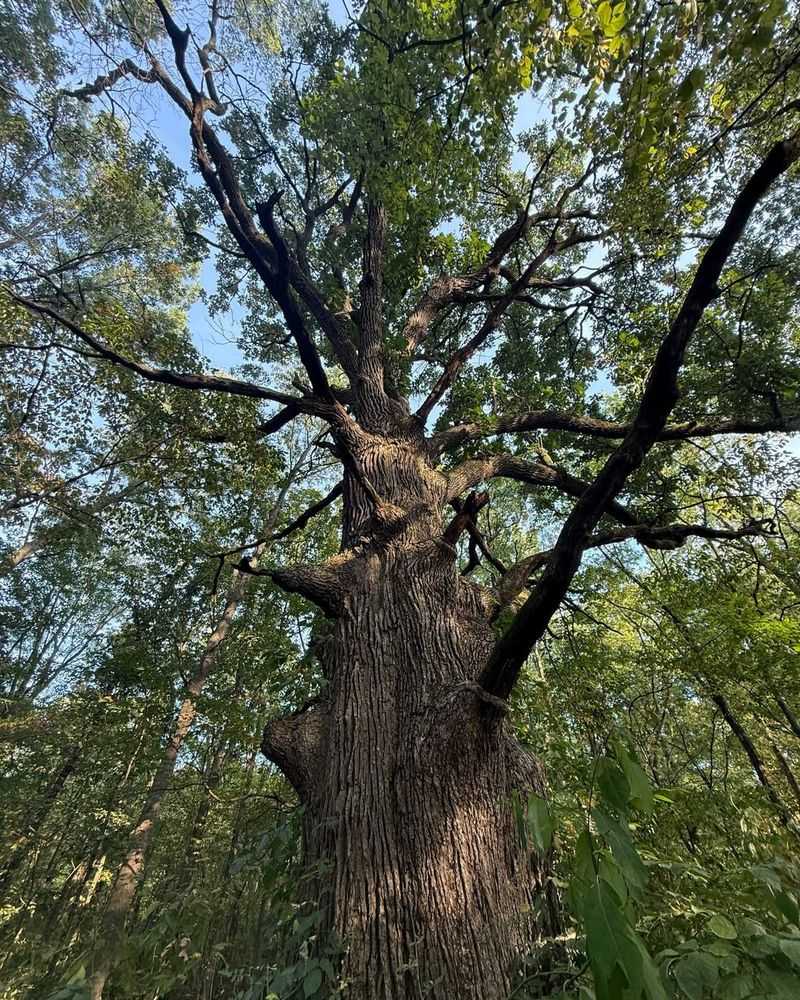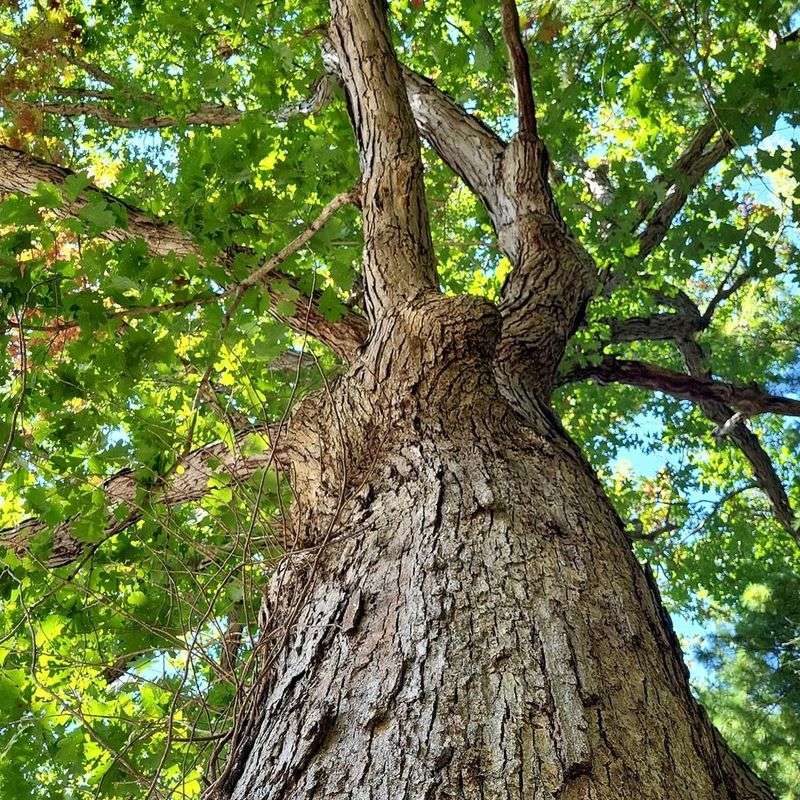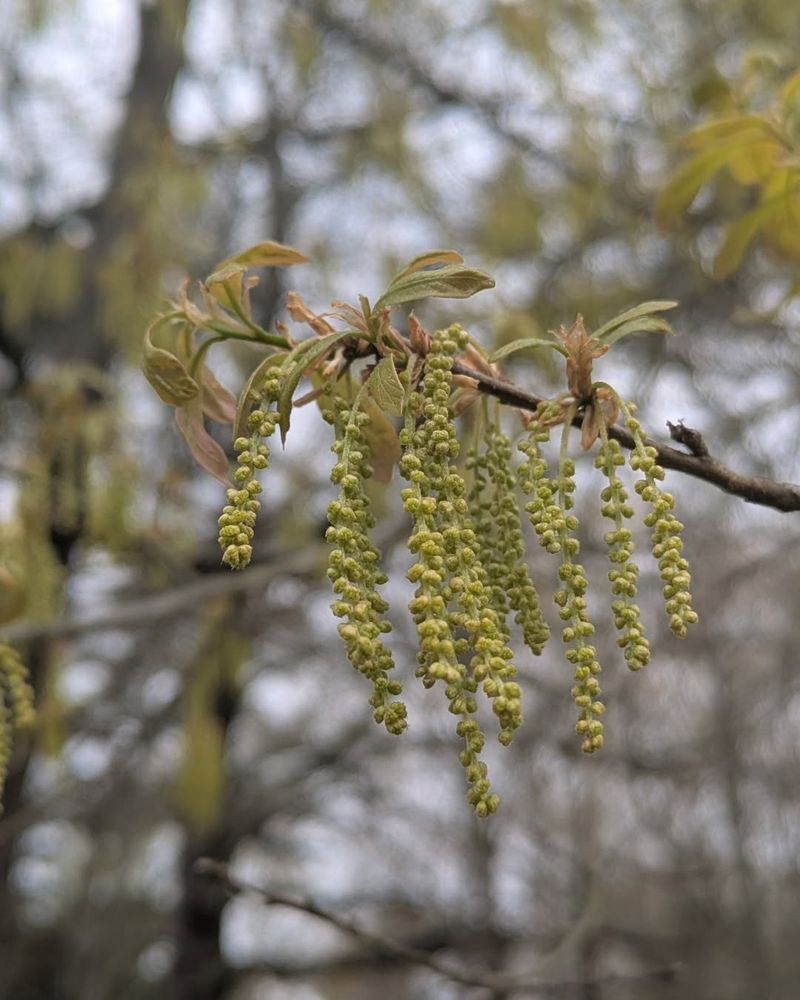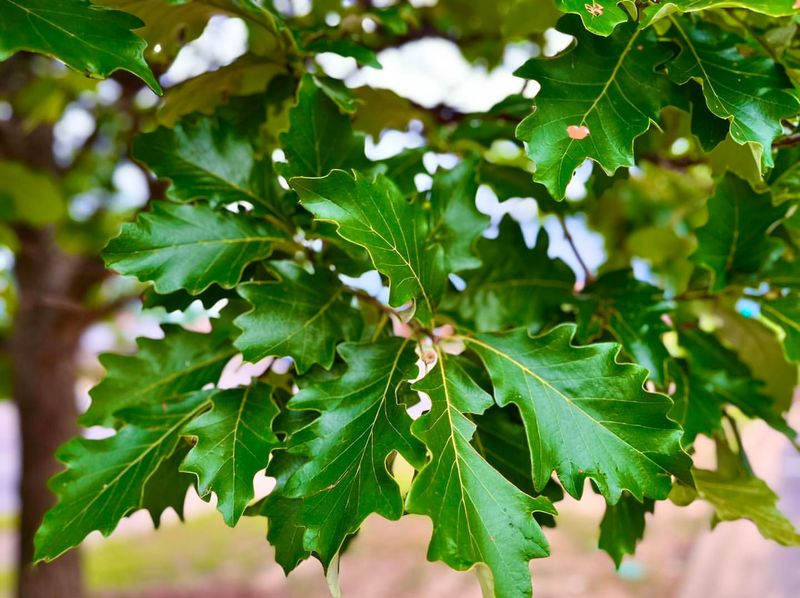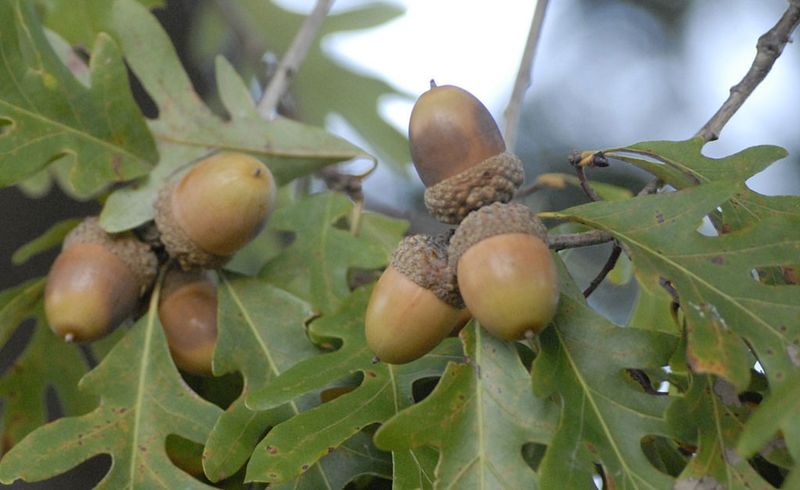Acorns are practically raining down across California’s oak country, turning trails and backyards into nature’s treasure hunt. When oak branches seem to shake loose handfuls of their own secrets, it’s more than just “a good year.”
This little boom says something about the trees, the climate, and the wildlife that calls these giants home. In other words—when the acorns start talking, the landscape has a story to tell.
1. Mast Year Phenomenon
Oak trees experience something called mast years, which happen every few years when they produce massive amounts of acorns all at once. Scientists believe this happens because trees synchronize their seed production to overwhelm animals that eat them.
When every oak produces tons of acorns simultaneously, squirrels and birds cannot possibly eat them all. This survival strategy ensures that plenty of acorns survive to grow into new oak trees, continuing the forest cycle for generations to come.
2. Perfect Weather Conditions
Weather plays a huge role in acorn production each year. Oak trees need just the right combination of rain, sunshine, and temperature during spring when flowers are pollinated and acorns start forming.
California experienced ideal conditions with good winter rains followed by mild spring temperatures, creating perfect growing conditions. When nature cooperates like this, oak trees respond by producing bumper crops of acorns that eventually carpet the ground beneath their branches in autumn months.
3. Tree Age And Maturity
Older oak trees produce significantly more acorns than younger ones. A mature oak that has been growing for decades has developed extensive root systems and large canopies that allow it to create thousands of acorns.
Young oaks might only drop a handful of acorns, but a tree that is fifty or more years old can produce tens of thousands in a single season. California has many ancient oaks reaching peak production age, which explains the abundance you might be noticing lately.
4. Reduced Competition From Other Plants
When oak trees face less competition from surrounding plants, they can devote more energy to acorn production. Trees growing in crowded forests must share water, nutrients, and sunlight with neighbors, limiting their reproductive capacity.
Recent droughts in California have reduced competing vegetation, giving established oaks better access to limited resources. With fewer plants stealing nutrients from the soil, mature oaks channel that extra energy directly into producing larger acorn crops than normal years.
5. Pollination Success Rates
Acorns only form when oak flowers get successfully pollinated by wind-carried pollen from other oak trees. Some springs have perfect conditions where calm mornings allow pollen to drift between trees effectively.
Strong winds or heavy rains during pollination season can wash away pollen before it reaches female flowers, resulting in fewer acorns. This year, California likely experienced calm, dry weather during the critical pollination window, leading to exceptional fertilization rates and subsequently more acorns dropping everywhere.
6. Recovery From Previous Stress
After enduring stressful conditions like drought or disease, oak trees often bounce back with impressive acorn production. Following difficult years, trees build up stored energy reserves in their roots and trunk.
California oaks that survived recent drought years are now recovering with renewed vigor. When conditions improve, these resilient trees release their pent-up energy by producing enormous quantities of acorns, making up for lost time and ensuring their genetic legacy continues despite past hardships.
7. Fewer Pest And Disease Problems
Insects, fungi, and diseases can seriously damage developing acorns, causing them to fall prematurely or fail to develop properly. When pest populations are low, more acorns survive to maturity and eventually drop to the ground.
Natural cycles keep pest numbers in check some years, allowing oak trees to produce healthy acorn crops. California might be experiencing a period where beneficial insects and natural predators are controlling acorn-damaging pests effectively, resulting in unusually high numbers of perfect acorns.
8. Longer Growing Season
Extended warm weather in California can lengthen the growing season, giving acorns more time to develop fully before dropping. Climate patterns have shifted recently, providing oak trees with additional weeks of favorable growing conditions.
When autumn arrives later and frost holds off, acorns have extra time to mature properly and accumulate nutrients. This extended development period means more acorns reach full size and drop successfully, creating those impressive piles beneath California oak trees that catch everyone’s attention.

